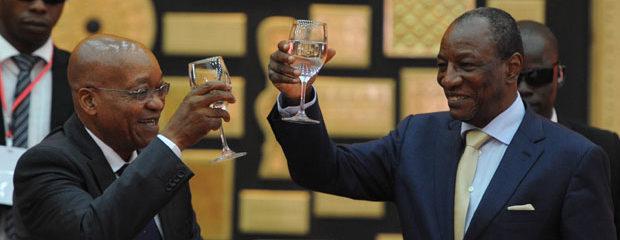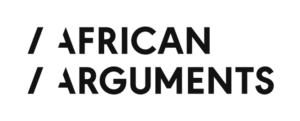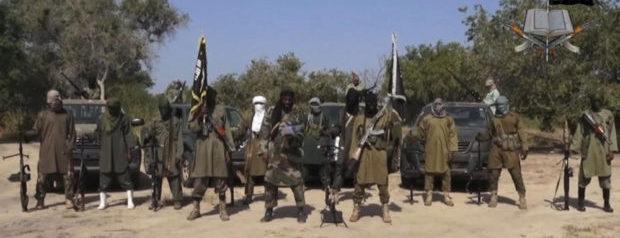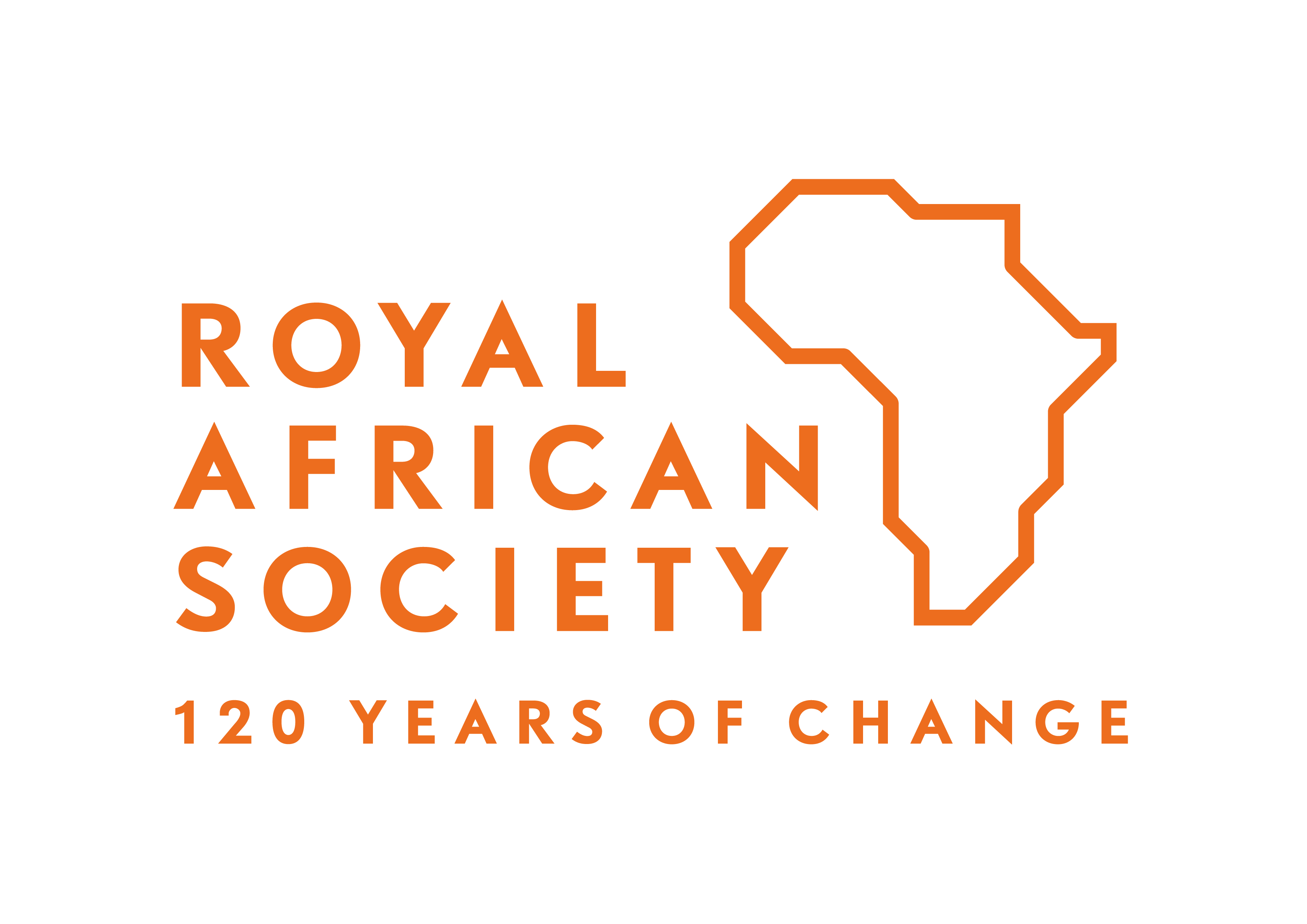Strike and upheaval: The myth of trickle-down, Guinea edition

The recent nationwide protests in Guinea-Conakry transcended ethnic and regional differences, but also highlighted disconnections between top and bottom in Guinea’s contentious politics.

President Alpha Conde (right) may have scored some victories internationally, but he is under pressure at home. Credit: DoC.
Guinea’s government just survived a surprisingly severe nationwide general strike, culminating in violent demonstrations on 20 February in the capital Conakry.
Seven people shot dead, thirty injured, several arrests, numerous vehicles burnt, a gas station and police commissariat pillaged, and an entirely paralysed capital city (a novelty even in protest-hardened Guinea). These were the results of a general frustration whose origins are as revealing as its sudden violent outburst.
It started with a strike by informal and contractual teachers in January 2017. For decades, these teachers had kept been keeping a barely functioning education system running by standing in for official teachers that the schools could not afford to pay.
Working for meagre and frequently withheld salaries below poverty level, these contractual teachers were hoping to eventually become integrated into public service. So they were enraged when they found out that many of them had not even been admitted to the public service recruitment process. Their subsequent strike triggered a remarkable chain reaction.
First, in response to the absence of their contracted teachers, secondary school students took to the streets. In Conakry, they demanded the resignation of the Minister of Education. Some of them burned tyres and threw stones at police, particularly along the Route le Prince, where student demonstrations merged with anti-government protests against President Alpha Condé. The first fatalities happened here.
Second, in response to the protests, the government decreed a two-week mandatory leave for public schools, before the teachers union then announced an unlimited strike for all kinds of public and private schools, starting on 6 February.
As the teachers unions drew support from the general workers unions, the organisations collectively demanded that the government change the new salary grid, effective since November, which the unions criticised for demoting teachers of all levels and making them lose 40% of their recently acquired pay rise.
President Alpha Condé categorically ruled out any change of salaries and kept the controversial Education Minister Ibrahima Kourouma as part of his cabinet. As the deadlock between the union leadership and the government persisted, the national strike was followed across the country.
Ironically, the main violence broke out after an agreement had been reached. On Sunday, 19 February, the unions and government had settled on delegating the decision about the salary grid to a technical commission to be put in place at the end of March. The final verdict on the matter had been postponed to September 2017.
But the unions’ grassroots level did not approve that consensus, and on Monday, 20 February, the schools remained closed against the union leadership’s official suspension of the strike. In the capital Conakry, the continued inaccessibility of education facilities triggered city-wide clashes between demonstrators and police.
[Guinea’s elections: A country divided, reliving its past]
[Guinea’s anti-government rally: 500,000 protesters, 1 stray bullet]
Breaking boundaries
The widespread character of violence against state forces is unusual in Conakry. The city has experienced vehement protests at regular intervals for a decade by now, but since the legendary general strike in January and February 2007, protests have concentrated in specific neighbourhoods, particularly along the so-called axis, a strip of neighbourhoods along Conakry’s central Route Le Prince.
The axis is populated mainly by Peulh (Fulani) migrants who settled here after the death of Guinea’s first President Sékou Touré, under whom the Peulh had suffered tremendously. Conflicts between axis residents and the state over land rights shook the axis area in 1998, and from then on increasingly turned it into a socio-political enclave, stigmatised from outside and radicalising from the inside. Due to its ethnically homogeneous population, protests along the axis have long been regarded as an ethnic affair.
One particularly noteworthy aspect of the recent upheavals, however, is that they were not associated with ethnicity or neighbourhood-specific grievances. For the first time since 2007, they had no geographical centre, and for once, the Autoroute Fidel Castro drew higher numbers of rebellious youth than the parallel “twin sister [Route] Le Prince”.
Even on the two corniches, the roads along the two coastlines of the peninsular city, youth burned tyres, blocked the streets and threw stones at vehicles trying to pass, including in comparably posh neighbourhoods such as Kipé and Nongo. Residents of those neighbourhoods said they had never witnessed anything like this before – even in 2007, demonstrations had been more confined and, for the most part, more organised and peaceful.
Indeed, the outbursts of violence last Monday, as widespread as they were, also seemed particularly aggressive and uncoordinated. Some union leaders distanced themselves from the violent youth in the streets whom they argued had nothing to do with the official strike. The national director of police, Colonel Bafoé, spoke of “armed thugs and thieves” and “organised crime” that the armed forces should have the right to attack with adequate force.
[Sex, whistles and shutdowns: Inside Africa’s non-protesters’ protesting toolbox]
Victories away, trouble at home
Recent weeks have demonstrated that Guinea’s unions can organise nationwide political demands across ethnic and regional differences. But they have also illustrated the divisions between the unions’ leadership and their grassroots as well as the disconnection between unions and urban youth. This has been seen in the uncoordinated sliding from an organised general strike over specific issues into urban riots based on general frustrations.
If one wants to drastically simplify the issue, the current predicament is about the multiple disjunctures between top and bottom in Guinea. And it is telling that the nation was shaken by such violence just when President Condé was celebrating some of his most important international successes.
In mid-January, he had led the Gambian mediation efforts out of deadlock. Ten days later, Condé was elected the new Chairperson of the African Union, presiding over the historic readmission of Morocco. Morocco’s King Mohammed VI just visited Conakry, a city still physically marked by the recent riots.
Within the confines of international conference rooms, Condé may continue to cherish the idea of trickle-down effects – namely, that his international networking skills will attract foreign investment that will in turn boost employment opportunities for the country’s youth. But the trickle-down effect, if it has ever existed, has not reached the Guinean population. With a per capita income of only $470, Guineans are as poor today as they were twenty years ago, while the country’s real food prices are amongst the highest worldwide.
In 2007, a less aggravated situation had sparked a nationwide movement for democracy and change (le changement), which until today, exactly ten years later, has not seen the fruits of its struggles and which continues to unsettle the country.
Joschka Philipps holds a PhD from the University of Basel. He has researched urban violence and social protest in Guinea and Uganda, topics discussed in his thesis ‘Crystallizing Contention’. Based in Conakry, he is currently doing post-doctoral research.





